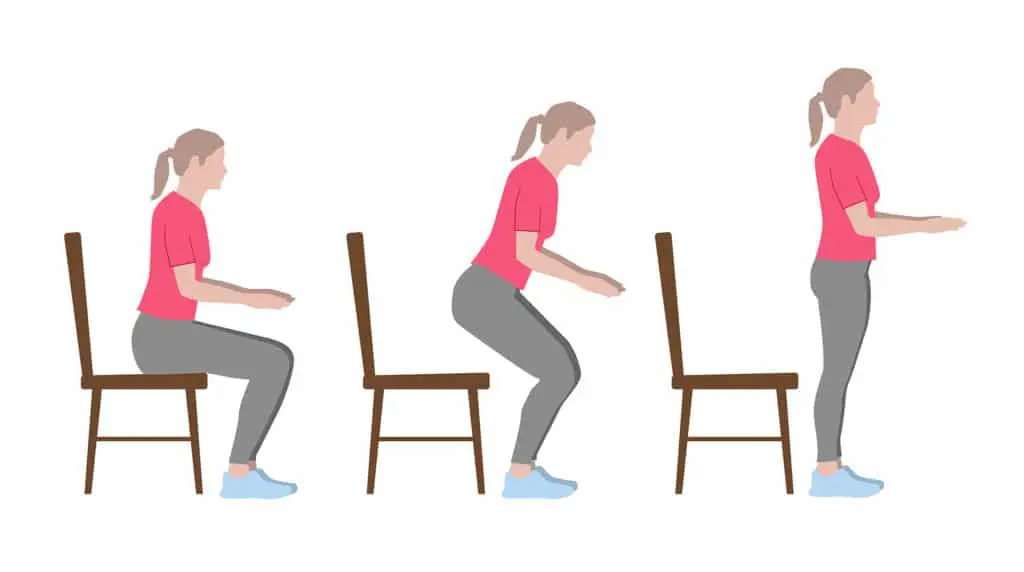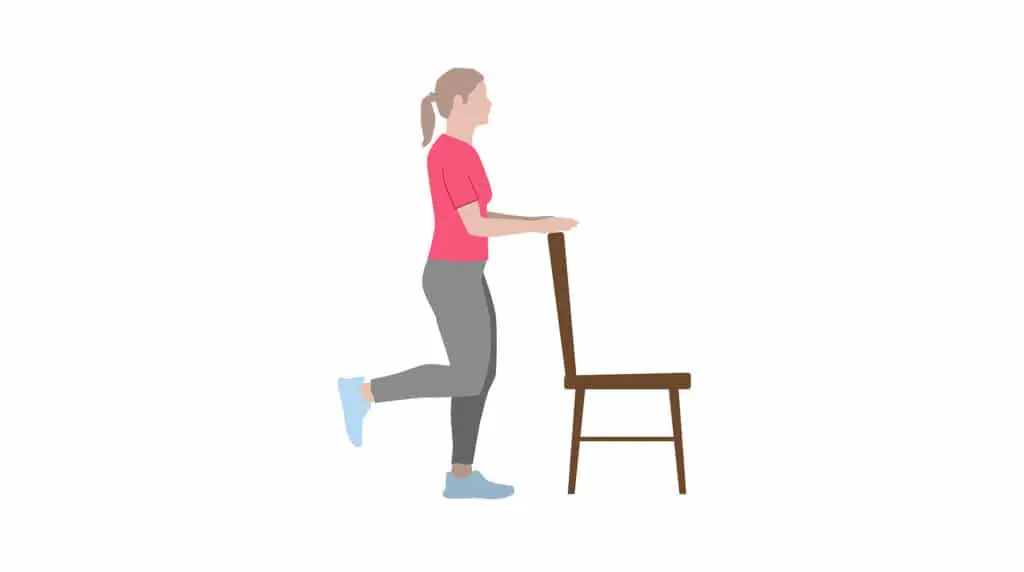To address the growing need for integrated care models that are aligned with co-morbid chronic conditions and behavioral health management, Lucet & Emcara Health are fundamentally changing the pathways members are accessing quality, timely care.
Balance. It’s not something that most people think about … until they lose it and take a fall.
Fact is, balance is the key to mobility, safety, and staying independent. But it does start to decline with age. Muscles and tendons become less elastic and joints stiffen up, making many daily movements harder than they used to be. And as everyday things become more difficult to do, we tend to stop doing them altogether, further decreasing our ability to stand on our own two feet.
But maintaining your balance as you age doesn’t have to be a losing battle. It just takes a little more awareness and practice, which is where our Emcara Health physical therapists can help. They can meet with you in your home and formulate a few quick, safe exercises for you to do each day to improve your balance and mobility.
“Everyone’s needs are unique,” says Emcara physical therapist Amanda Vargo, DPT, “and so our physical therapy plans are individualized to each person.”
If you’re able to get up out of a chair and walk around without assistance, try these three essential, physical therapist-recommended balance exercises to start getting around easier and safer. And if you need help standing or getting up, ask one of our physical therapists to develop a plan for you.
The goal of the sit-to-stand movement is to improve strength and endurance in your legs and core.
Start by sitting down in a chair at a comfortable height, and then get up without using your hands. Vargo recommends repeating the movement five times in a row for one set. Then take a short rest and try for two more sets of five, so 15 total up-and-downs, with rest breaks.
If you’re struggling, use your hands to push yourself off the chair, or try a higher chair that isn’t as challenging to get up out of. And if you’ve mastered the basic exercise, you can also add difficulty by increasing the number of repetitions to 10 to 15 per set, or trying a lower chair or one with a soft surface.
With any new exercise, you’ll want to pay attention to how your body feels in the following days. If you’re not very active, you may start by completing these exercises once every other day.
“Delayed-onset muscle soreness is normal,” Vargo says. “It’s the process of the muscles breaking down and rebuilding as they’re getting stronger.”
However, take note of any lingering pain that follows the exercise. “Soreness 24 to 72 hours after exercises is normal,” Vargo says. “Pain is not.”

Your hip flexors are among the most under-appreciated muscle groups in the body. These muscles are around your pelvis and atop your thighs, and they play an essential supporting role to your hamstrings, quadriceps, and glutes, and in every aspect of balance and mobility.
They’re also easy to neglect, especially if you spend most of your day sitting down. So this second exercise in our series is designed to add strength and flexibility to these key muscles, by targeting hip extension and abduction (the movement of the leg out and away from the body).
Start by standing in front of a chair, kitchen counter, or any sturdy object that you can grab for stability at about waist height. Standing on one leg, lift the other leg straight out to the side, and lower it back down without touching the floor or your planted foot. Repeat for 10 consecutive repetitions on each leg. Then, stand on one leg and kick the other leg behind you and return it to the ground with control. Repeat the movement 10 times for each leg again.
This combined movement is designed to isolate the hip flexors, so try to minimize movement elsewhere in the body.
“We encourage members to not let their trunk and abdomen move,” Vargo says. “It’s a small kick to the side and to the back. You shouldn’t be leaning or arching your back.”
If your hip flexors are tight or weak, the movement may be a small one to start. And that’s OK: You’ll get better results if you isolate the hip flexor with short leg lifts, holding everything else in line, then you will if you try for longer kicks that force you to call in help from other parts of the body.

Start the single-leg balance move while you’re still standing at your counter, chair, or sturdy object. While holding your support aid, stand on one leg and then lift the other leg and extend the foot behind you, creating an L-shaped 90-degree knee bend. Hold the position for 30 seconds. Switch sides and repeat for another 30 seconds to complete your first set, and aim for three sets in total.
Balancing on one leg not only strengthens your lower leg and foot muscles, it also improves what’s known as proprioception, which is your body’s ability to sense a change in position, and then adapt.
“The brain is feeling the foot on the ground and adjusting with small, micro-movements to keep you balanced,” Vargo says
Proprioception plays a huge role in balance and mobility, so do this exercise daily and challenge yourself with more difficult variations as your balance improves. You could start by closing your eyes while you hold the countertop or chair, or keeping them open but letting go of your stability aid.
To stay safe, avoid soft surfaces while you’re balancing on one leg—stick to hardwood floors, tile, or laminate for this one.

In Vargo’s career of helping people get around their homes and communities, she’s found a handful of do’s and don’ts that can help prevent a fall.
With Emcara Health, your medical care team comes to you, at home, anytime you need them. Our expert doctors and nurses are focused on one thing: You. They take a proactive approach to your care, making sure you feel heard, understood, and valued—and helping you spot and treat small issues before they become big ones. That means fewer urgent care, emergency room, and hospital admissions—and a huge improvement in your overall quality of life. What’s more, your care team will coordinate your appointments with specialists and other providers and will be available to you anytime you need them. Call (800) 728-0901 to get started with Emcara Health today!